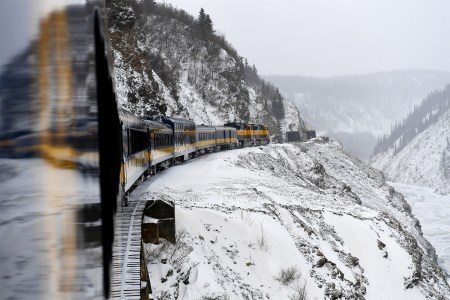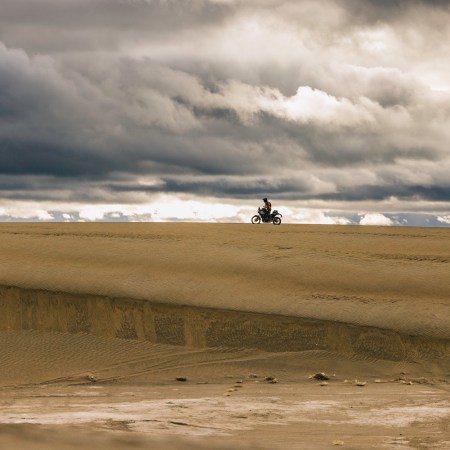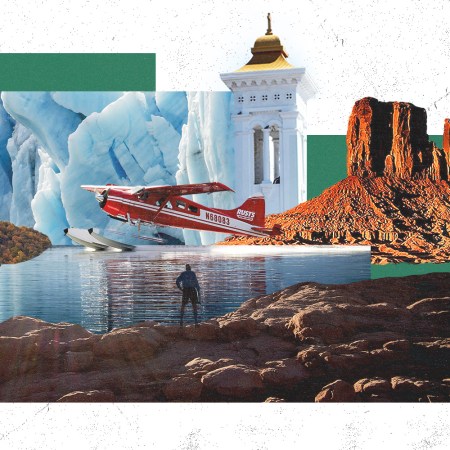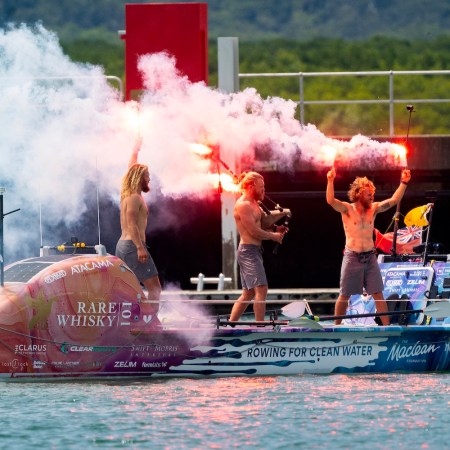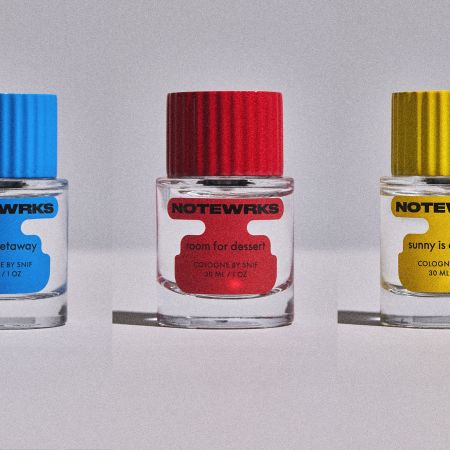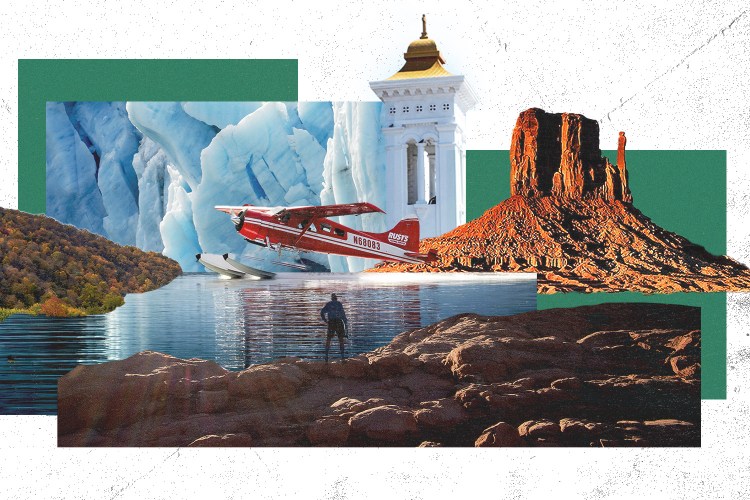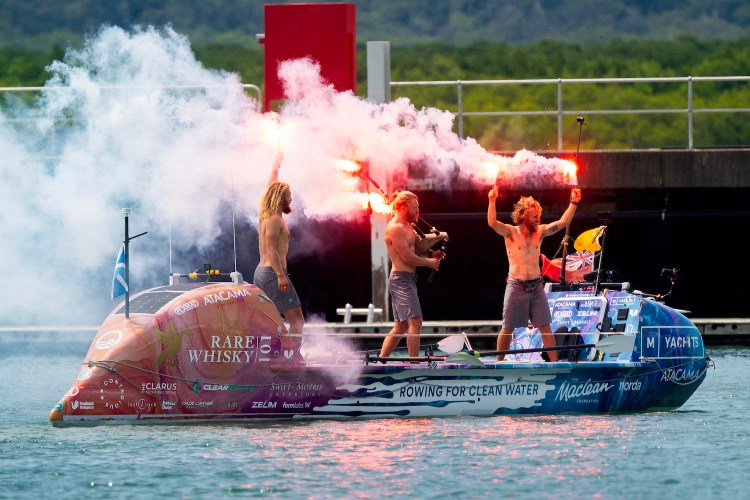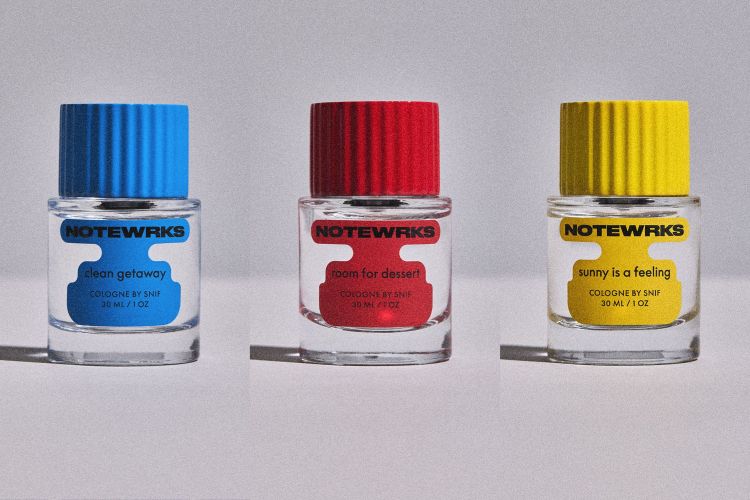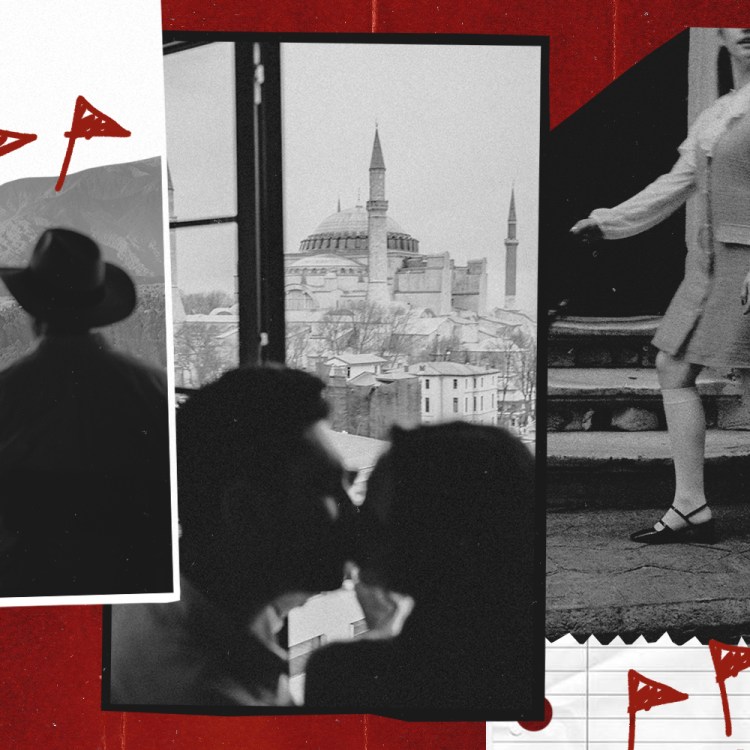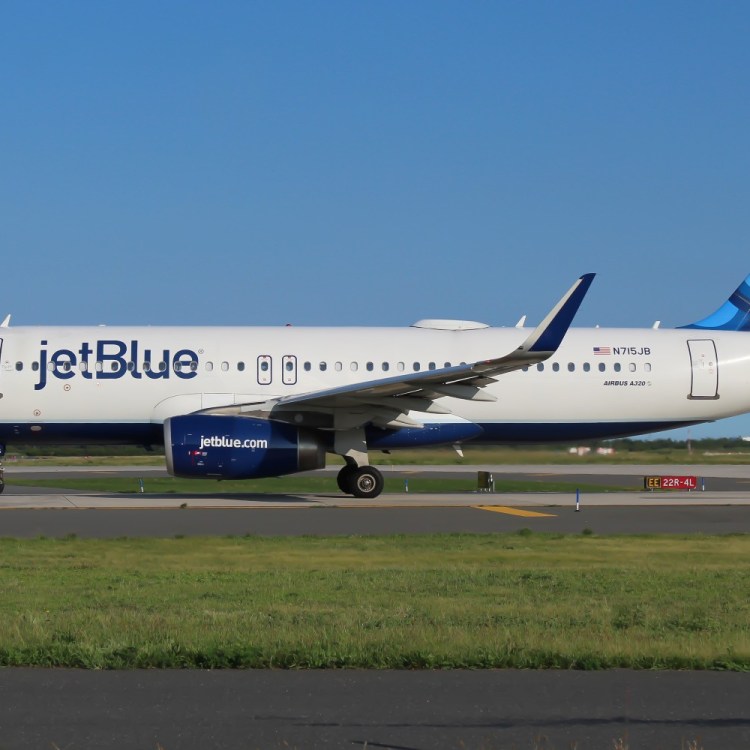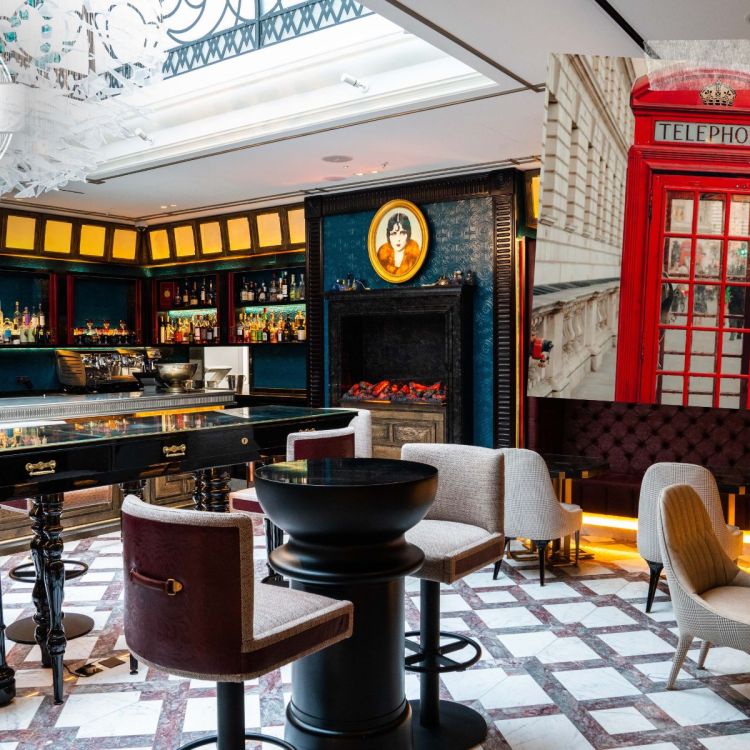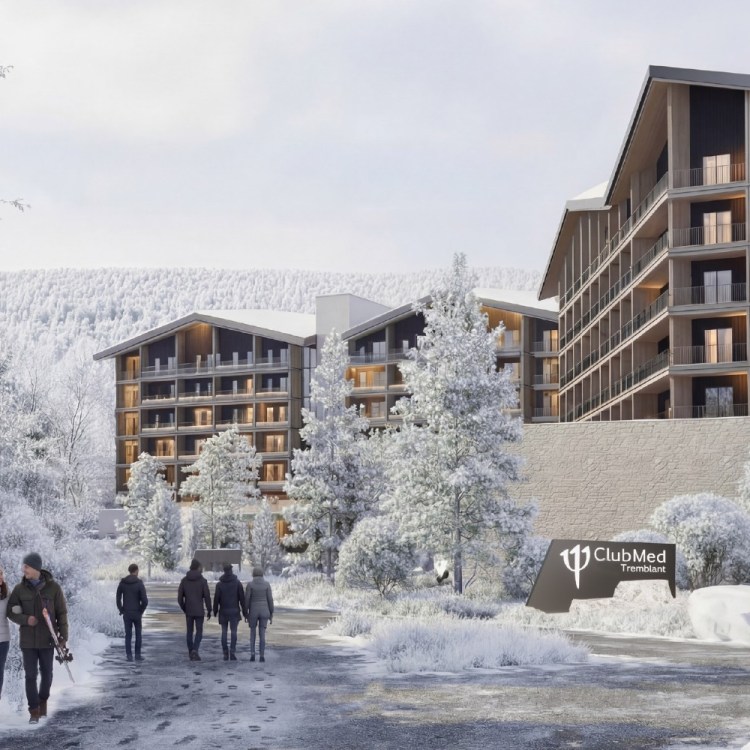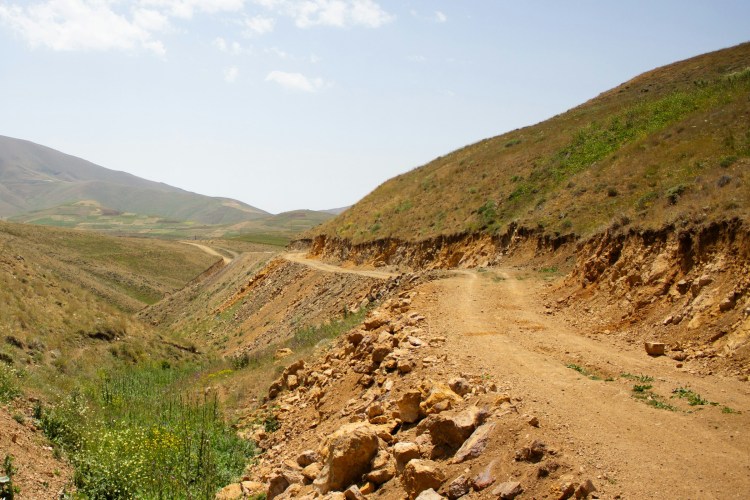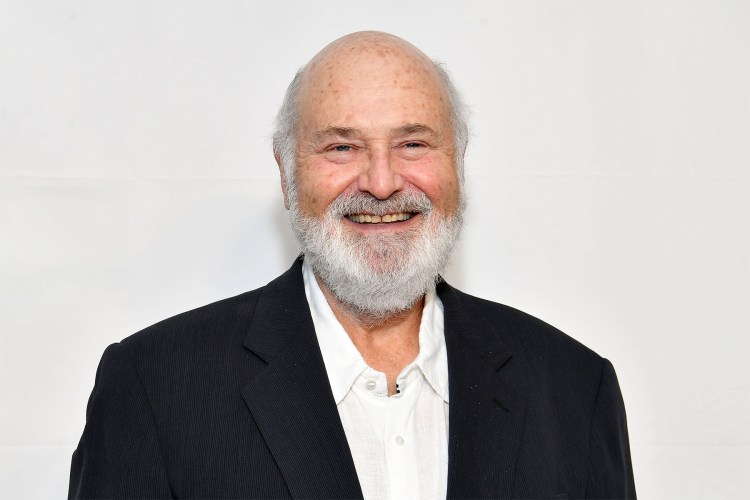To many casual onlookers, the Iditarod is a weird curiosity. The famed sled-dog race, which begins this year on March 1, tasks mushers with trekking roughly 1,000 miles across the snowy Alaskan wilderness with a team of about 12 dogs, trying to set the fastest time as they go from Anchorage to Nome. But as strange as it might seem at first glance, Alaskan natives view it as a premier sporting event.
“Plain and simple, this is our Super Bowl,” said Brice Habeger, chuckling a bit, at last year’s ceremonial start in Anchorage. Born and raised in Alaska, Habeger has been attending the race for years, and he was quick to point out that the Iditarod is ultimately a sporting event like any other — and the locals go hard.
“There are tailgate parties, people grabbing hot dogs and beers, corporate parties,” he continued. “And you’ve got your musher fanboys and fangirls — these athletes are like celebrities here in Alaska!”
I had traveled out to “The Last Frontier” last year to see with my own eyes what the Iditarod was all about, and I was surprised by just how much of a rowdy party it all was, with everything from early morning tailgates to carnivals to dance contests — all in 2-degree weather.
“No real sports happen here,” said Zach Nguien, another local I chatted with later that day, as he enjoyed a frosty beer. “This is the closest we get to an NFL tailgate. So if you’re part of the lower 48, be openminded and come see what’s up, especially if you’re into dogs, beer and sports. What more could you want?”

Pomp and Circumstance
Each year, the race kicks off in downtown Anchorage for a ceremonial start, and it just so happens to coincide with a sprawling winter carnival, called the “Fur Rendezvous” (or the Fur Rondy). The days leading up to and including the Iditarod’s start feature ferris wheels and roller coasters, an ice sculpture contest, a “running of the reindeer” event and a blanket toss — which locals told me is an ancient tradition of Alaskan natives.
The clear highlight of the opening ceremony, however, is that fans can freely walk around and speak with the mushers and even get close to and pet their dogs.
“We love to see the excitement of the dogs,” said Connie Carder, an enthusiastic fan who was wearing reindeer antlers. “They’re so docile at first and then, once they’re hooked up, it’s like they spring to life and are ready to go.”
Fans walked around with signs supporting their favorite mushers as music blared over speakers set up throughout downtown Anchorage. The mushers headed out one by one and soaked in the applause of the onlookers lining the snow-covered sidewalks.
Not everyone is happy, though. A prominent sign sponsored by PETA was hanging on the side of the main stage, with about 10 protestors there demanding an end to the Iditarod. The race has long been controversial, with detractors saying it is tantamount to animal cruelty. (Three dogs would go on to die during the 2024 race.)
“The future of this race should be as a human-powered sport,” said Michelle Sinnott, who was serving as PETA’s director of captive animal law enforcement. “Humans can bike, ski, run and get themselves from Anchorage to Nome without relying on the backs of dogs. That’s the direction we should be heading, not tying up dogs on chains where they spend their entire lives.”
The protest drew more than a few curious onlookers — and a handful of dirty looks — and proved a somber part of what was otherwise a festive environment.

“Trailgate” Parties
A few miles outside of downtown Anchorage, away from the protests and the formal pomp and circumstance, “trailgate” parties were popping up at various points along the mushers’ opening trail. In a snow-filled field out in the forest, I trudged my way towards the heart of one lively trailgate, where a DJ played pounding music as people danced and swayed, enjoying drinks while wearing wild, colorful clothes.
“This is just a big-ass event every year,” said Claren Armamento, whose hands were freezing as she held on to a chilly Modelo. “Everyone wears wacky stuff — I love how it’s cold as hell, but people still come out and dress awesome!”
Groups of friends wore themed outfits, from cow-print jackets to full-body yeti costumes, treating it almost like a fashion show. “This is how we survive winters in Alaska,” one partier said to me as he hoisted up a red Solo cup. “Just make sure to wear warm boots — you want to have fun, but you can’t let yourself freeze!”
The mushers slowly made their way through the trail and passed by the trailgate, waving at the cheering fans who held up signs that read: “Beer — This Way!”
Once the final musher had passed by, the partying had only just begun. Many headed back to downtown Anchorage, where breweries and restaurants were packed. At F Street Station, a relaxed bar in the heart of the city, I spoke with a retired couple from the U.K. who were polishing off their second round of cocktails.
“This has been on our bucket list for a long time,” the husband told me. “It’s lived up to the hype.”


The Denali Star Illuminates the Best of Alaska
The best way to see the Last Frontier? From the comfort of a glass-domed train.
Restarting the Party
The day after the ceremonial start, the Iditarod begins in earnest with the official restart in Willow, AK, a little over an hour drive from Anchorage (note: this year’s restart will be held in Fairbanks, AK, due to poor trail conditions). Inexpensive shuttle buses took fans from downtown Anchorage to Willow, where cars were queued up in massive lines to find parking.
At the trail’s starting line, the party was once again raging, with fans lined up along the route as far as you could see.
“We’ve learned from our mistakes in the past, and this year we’re ready,” said Shawn Walsh, who huddled with his friends inside of an ice fishing tent with space heaters inside. “This is our big tailgate party of the year — everyone comes out for this, bringing fire pits, barbecues, you name it. Everyone comes through.” Walsh and his friends made their way out of the tent when the mushers began starting, cheering and holding signs as they passed.
One group of fans had a bonfire burning on top of the ice.

“I’ve been living in Alaska for 25 years now, so you figure out how to survive in this weather,” said John Skidmore, the mastermind of the icy bonfire. “People always come up to me and say, ‘But how do you build a bonfire on the ice?’ Well…heat rises!”
I met other tourists from across the world in attendance, from Finland to Canada, and fans in the lower 48, from Pennsylvania to Tennessee. Once all 38 mushers had made their way through the starting line, the festive environment continued, though shuttle buses began filling up to take fans back to Anchorage, where after-parties again popped up in bars and breweries.
Locals assured me that the finish of the race in Nome, which happens about 8–15 days after the Iditarod’s start, is also a wild party — but with only a few days to spend in Alaska, I’d have to find that out another time. As I made my way back to Anchorage, Skidmore told me that he hopes more tourists from across the United States give the Iditarod a shot and embrace it for the sporting event it truly is.
“I took my dad here for the first time in 2012, and he said he’d never seen anything like this before,” Skidmore said. “Now he follows it every year online, always watches what’s going on. The lower 48 owe it to themselves to check this out.”
This article appeared in an InsideHook newsletter. Sign up for free to get more on travel, wellness, style, drinking, and culture.







